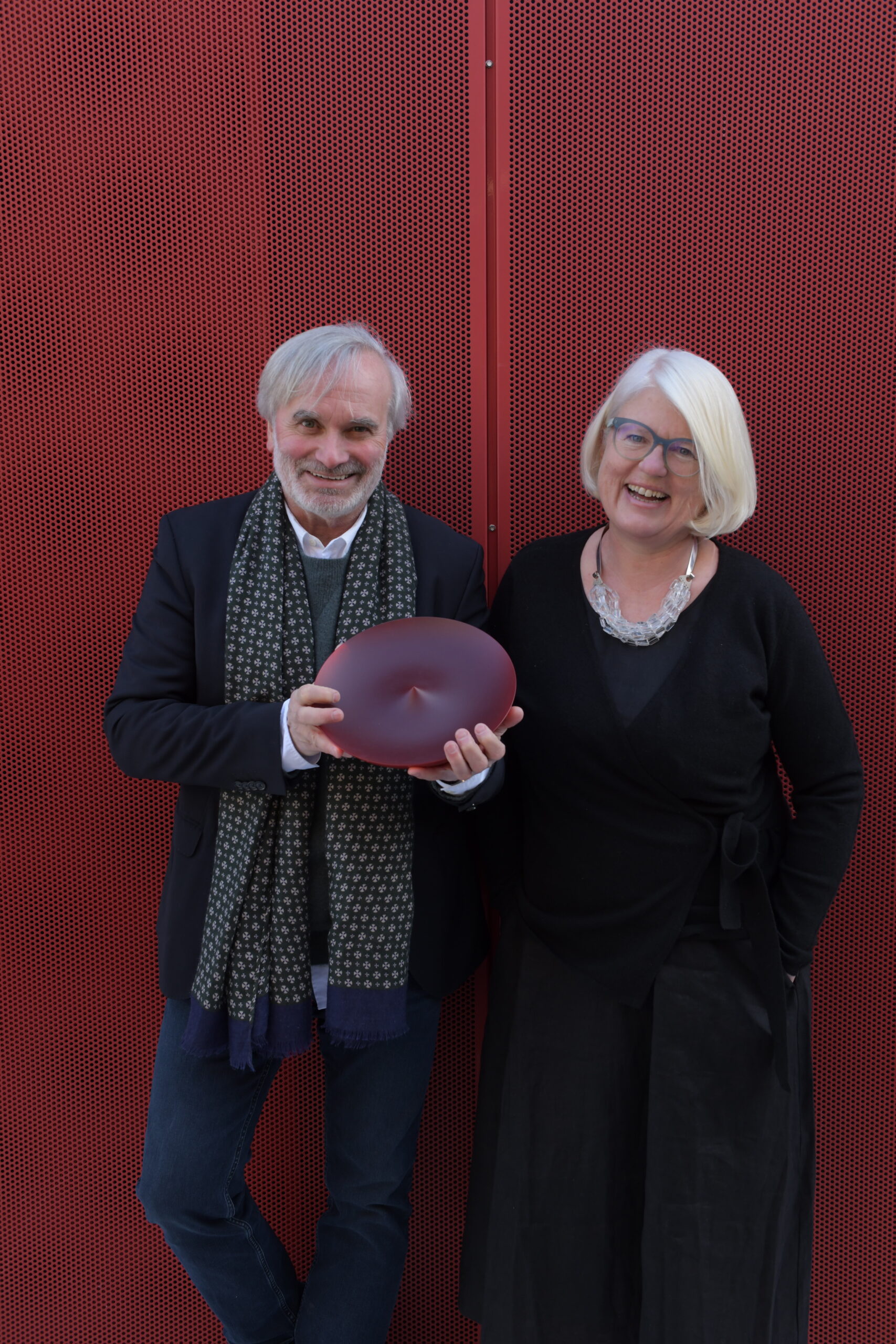PLAN_T: Lucie Havlová
| Text by: | PAW |
| Address: | Kuzebauch Gallery, Říčanova 19, Prague 6-Břevnov, Prague, 169 00 |


How do we plan in an arts operating environment, what do we planting? And what makes our projects grow?
What makes it possible to set up and run so many projects, what is the key ? Is it a good and long-term planning? Or is it flexibility? “I think it’s a lot of luck, and our nature, we are very enthusiastic and optimistic. Maybe we’re even a bit megalomaniacal. The key to success is a collective of young people who enjoy working with us. Otherwise it wouldn’t have worked,” says Havlová.
Lucie Havlová is a graduate of the University of Chemistry and Technology in Prague. After her studies, she worked in the field of technical polymers, then in 2004, together with Tomáš Hendrych, she moved into the world of art and founded Happy Materials, a company whose concept combines technology with art. In one house in Břevnov she now runs the Czech materials library MatériO and the magazine Material Times. Kuzebauch Gallery, which mainly exhibits Czech glass, and the Šumná biblioteca. In addition, Havel and Hendrich’s activities have recently expanded to the historic Baroque granary in Lamberk, which they are currently rescuing.
The name of the company, Happy Materials, was inspired by their first exhibition, which featured types of polymers and their uses. In 2011, they started noticing materials libraries in America and France, and then, thanks to a European grant, they managed to bring the French one to the Czech Republic.
Havlová explains that after that, they came up with a gallery and a magazine. All the projects evolve over time and interconnect, but they also grow apart. The gallery came about because one project from Happy Materials, explored the use of glass, specifically cast glass bricks. “We were often approached by architects and designers from abroad asking about Czech glass, so we naturally became more interested in it. The quality of artists, schools and glass processing here is of a very high standard. In our opinion, glass is one of the materials of the future,” Havlová explains the establishment of the Kuzebauch Gallery.
Lucie Havlová and Tomáš Hendrych’s projects are moving in different directions, like an unregulated river flow or mycelium finding its way. In their case, the project management can be imagined as ” tentacles” that grope for opportunities and decide the best path to take.
“We started the magazine after that to share case studies, so that if someone uses the material well, they can come up with something good. We wanted others to know. The main motivation was to share the stories,” says Hvalová, adding that several short films were eventually made.
The most difficult time for Havlová’s projects was during Covid, when they had to close the gallery and the library and disband the magazine’s editorial office, a fall they could not have imagined before. We were helped by the enthusiasm and great support of our colleagues, and saved by the well-distributed network of our projects and the community of people around them, concludes Havlová.
Collaboration, she says, is the key to the future and sustainability of their business. In recent years, they have abandoned online sales and unprofitably started participating in large glass and design fairs. In contrast, cooperation on exhibitions with foreign galleries not only makes sense, but also makes them happy.